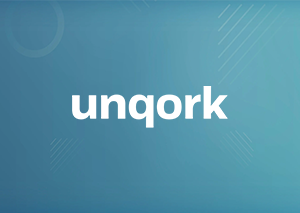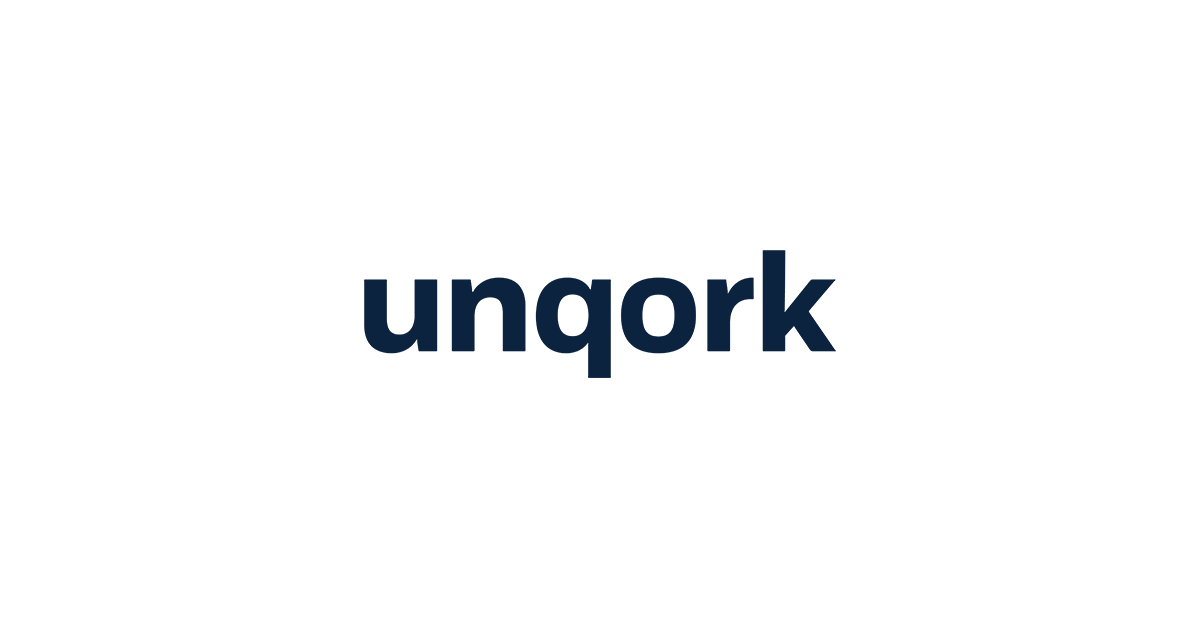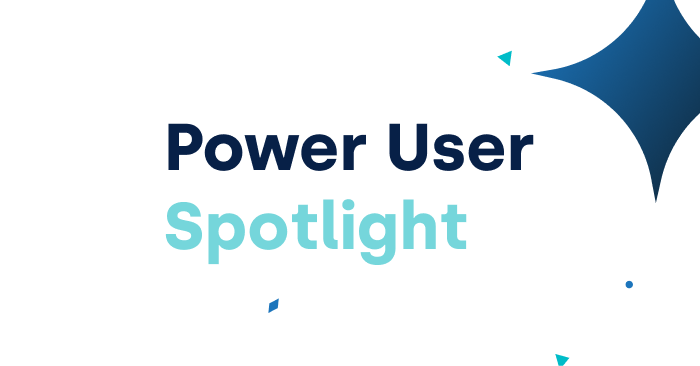Maintaining legacy enterprise systems can cost you by slowing down processes, creating roadblocks, and hindering innovation. No-code can help.
Today, digitization has become the norm. While most enterprises have already modernized their infrastructure, many government agencies, banks, and other financial institutions continue to rely on legacy systems for business-critical operations. If there are so many advanced options available, why do enterprises still use outdated systems?
For some, the answer comes down to inertia and code-dependency—if a business’s legacy code gets the job done, why change it? For other enterprises, it comes down to effort and expenses—updating legacy systems can be a long journey, and many businesses are reluctant to devote a significant portion of their budget to a thorough remodel.
You might think you’re pinching a few pennies by waiting to update, but maintaining legacy systems will cost you more in the long run. On average, tech teams can devote up to 75% of their development budget to maintenance, and if you still have legacy systems in use, you can expect a yearly 15% budget increase. Plus, maintenance costs have increased by seven times between 2003 and 2018 with no signs of slowing.
In the United States alone, companies spent almost $600 billion on legacy maintenance in 2018.
A 2019 study conducted by the Government Accountability Office (GAO) found that ten of the federal government’s legacy systems cost about $337 million annually to operate and maintain. The statistics in the private sector aren’t much better—in the United States alone, companies spent almost $600 billion on legacy maintenance in 2018. Let’s dig a little deeper into this, and find out just how much maintaining legacy code is costing your enterprise.
How much does it cost to maintain legacy code?
You can break down the costs of maintaining legacy systems into two broad categories: Surface costs and hidden costs. Surface costs are straightforward and quantitative, including tech expenses you’d expect to see on a bill at the end of each cycle. Hidden costs are qualitative expenses that can be observed rather than counted, such as a dip in performance or productivity.
The biggest surface cost related to legacy systems is, of course, maintenance and refactoring. Again, this is where up to 75% of your tech budget can go if you’re still using legacy code. And wherever there is legacy maintenance, technical debt—the costs associated with implementing stop-gap technical solutions—is sure to follow. As you continue to pile code onto a system that already isn’t working, the bugs and glitches will compound until you’re spending all your time and money trying to address the problem.
According to an analysis of technical debt at 160 organizations, the average application consisting of 300,000 lines of code came with a hefty price tag of $1,083,000 worth of technical debt—that’s $3.61 per line of code! The sheer size of technical debt is why it’s nearly impossible to tackle it efficiently without completely halting your projects. Along with technical debt, other surface costs include:
-
Hiring tech talent: As your legacy system gets older, it will become harder and harder to find developers who know how to work with it. If you do find the right talent, you may need to offer extra compensation to convince them to stay.
-
Special licensing requirements: In some cases, you’ll still have to pay specialized licensing fees even if the legacy system is discontinued
-
Security breaches: Legacy systems are inherently more buggy than modern systems, leaving you vulnerable to security attacks. A high-profile security breach in 2017 was partly caused by a legacy code that had been around since the 1970s. All in all, the breach cost the credit reporting agency around $1.3 billion.
When it comes to hidden costs, you might not be able to put a monetary price on them. However, you will certainly be able to feel their impact on your enterprise. Here are a few of the most common hidden costs when it comes to legacy maintenance:
-
Poor customer service: If your customers have to deal with a buggy legacy system that constantly crashes, they’re likely to take their business elsewhere
-
Employee burnout: Your developers joined your team to solve intriguing tech challenges, not to chip away at legacy maintenance all day. Plus, maintaining legacy systems puts considerable strain on your tech team and hinders their productivity. These factors and more can increase employee burnout and dissatisfaction, which in turn increases turnover.
-
The cost of opportunity: When you’re drowning in technical debt from legacy maintenance, you don’t have the time or money to innovate. Your competitors can, and will, use this opportunity to pass you by.
Build smarter, spend less
To keep your enterprise from breaking the bank, you have to break away from code entirely. Unqork’s no-code platform can help from the very beginning because no code equals no legacy code! By using no-code to break down monoliths into microservices, Unqork makes it faster, easier, and more cost-effective to transition away from legacy systems and pivot towards a code-free ecosystem. This will help your team be three times more productive, get products to market three times faster, and spend less time constantly chasing and squashing bugs.
Unqork can also help you reduce your total cost of ownership by three times just by reducing ongoing legacy maintenance costs. And if you can’t do away with your legacy systems in one fell swoop, that’s okay too! With Unqork, you can configure your legacy systems into your modern web application without needing to code. That means no editable codebases to maintain, which effectively removes legacy code, expedites slow development cycles, and helps you make a bigger dent in your technical debt.
Learn how easy it is to set up integrations within Unqork.
After connecting your modern architecture to your legacy systems, you can extend them and scale up as needed with no hassle. This puts you in a better position to eventually replace your old legacy code and streamline your processes without missing a beat. With the power of Unqork’s no-code platform, you can remove legacy systems and maintenance from your enterprise entirely to reduce costs, improve efficiency, and push your enterprise past the competition.
To learn more about how no-code helps optimize enterprise applications, sign up for the Unqork newsletter. Also, schedule a personalized demonstration with one of our in-house experts today.




